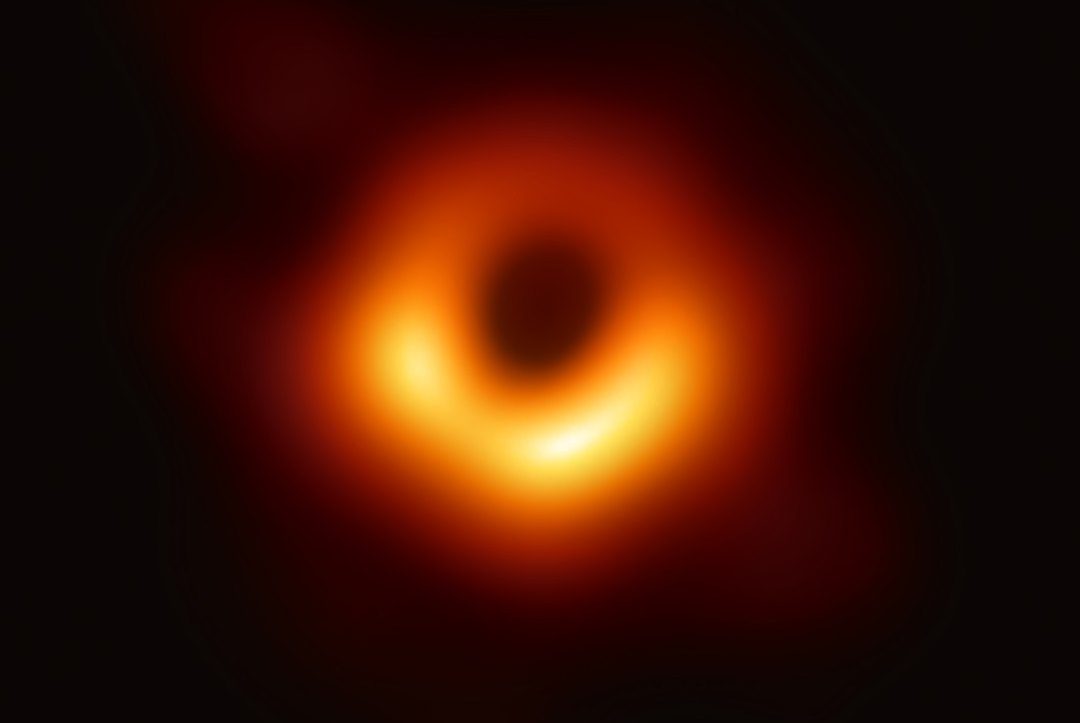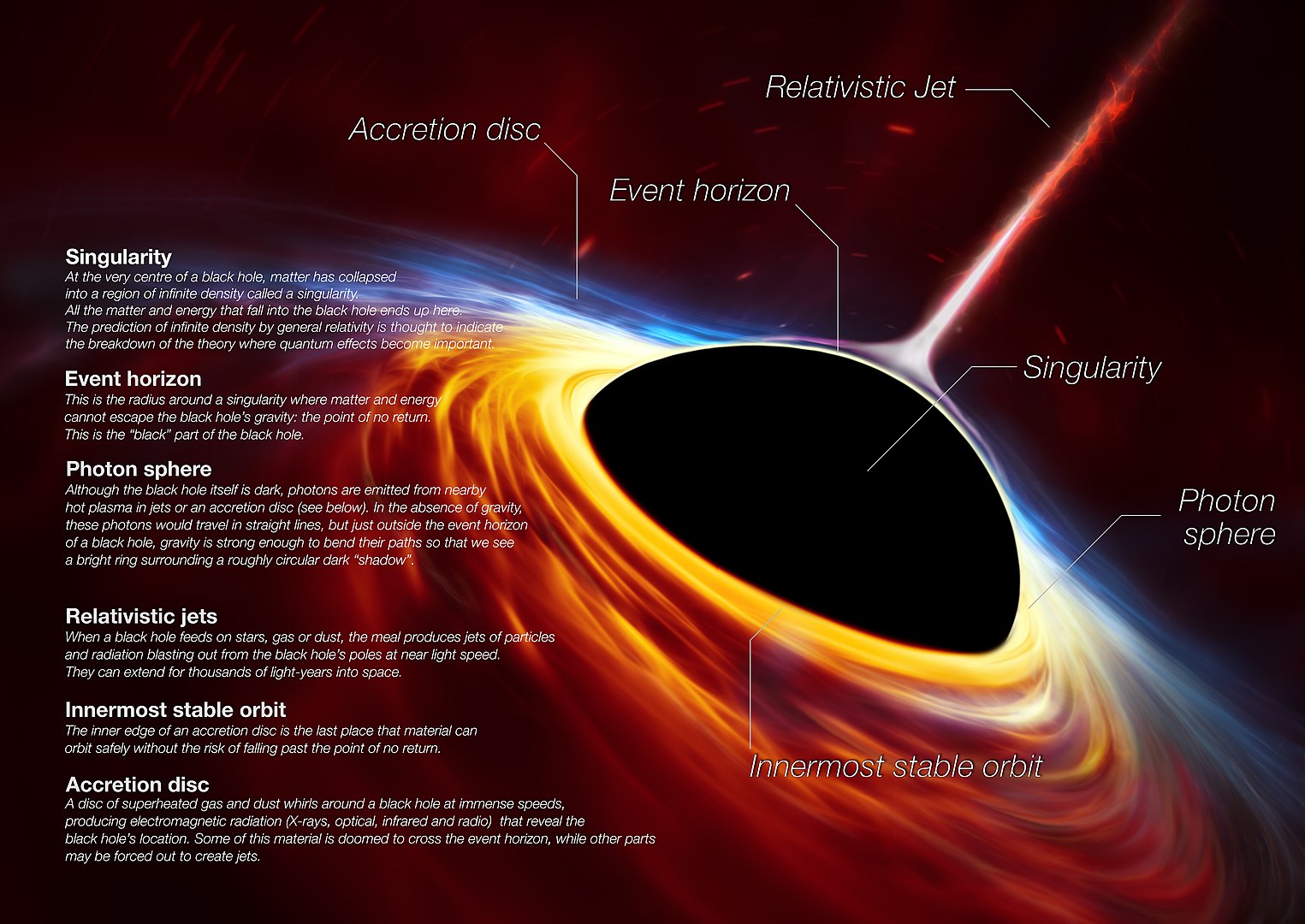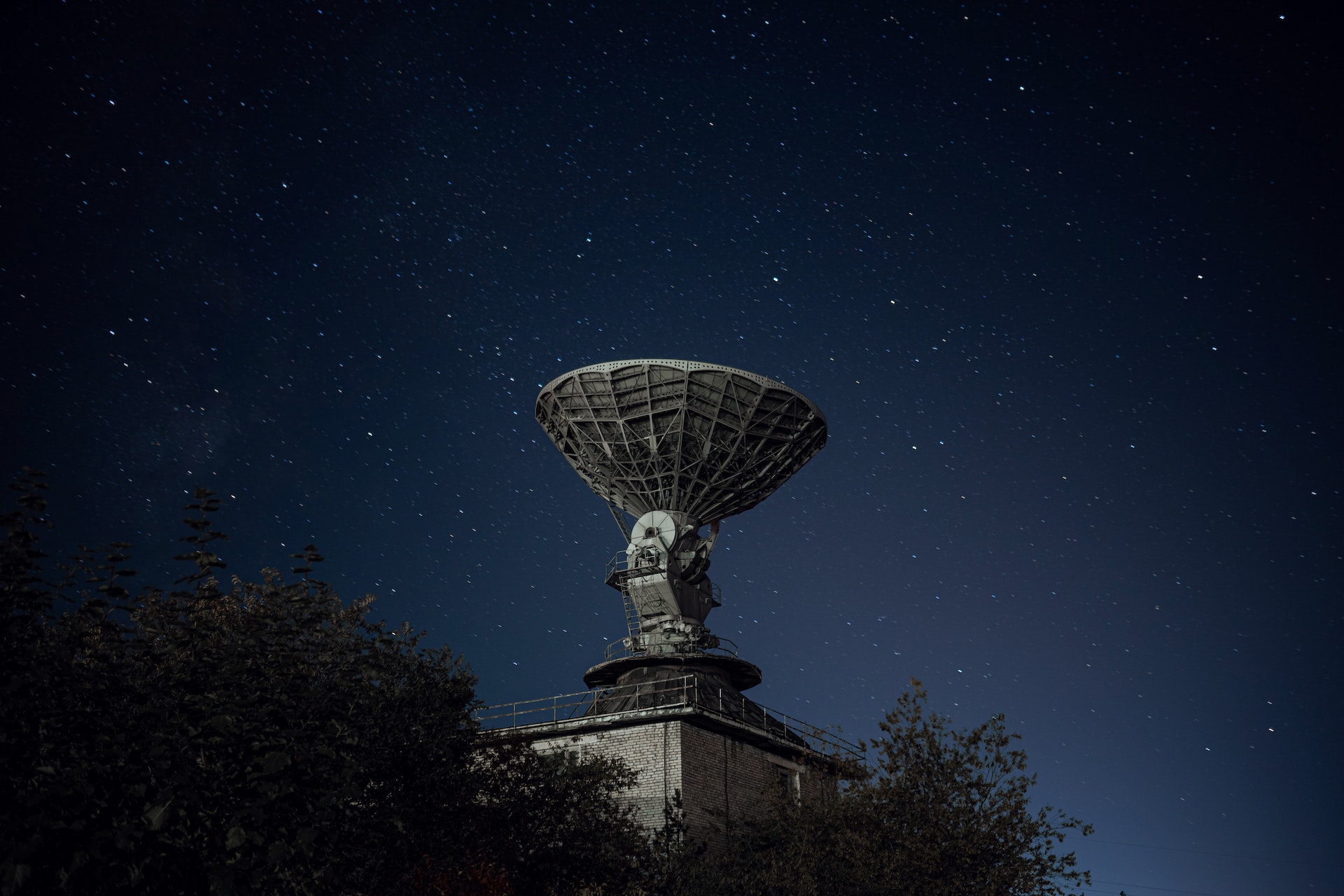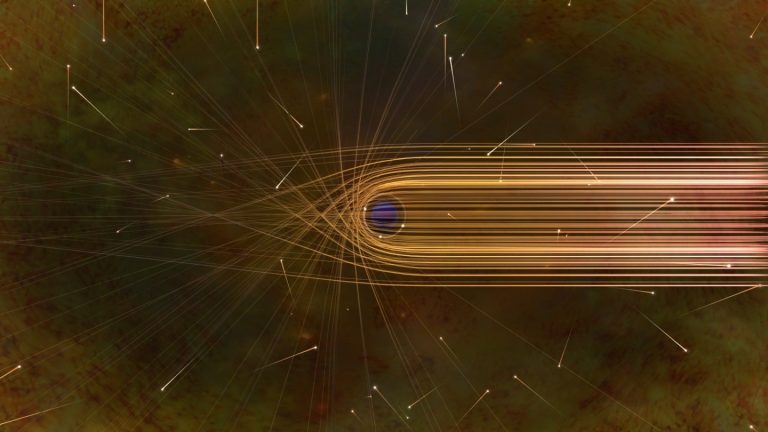Black holes are among the most fascinating and mysterious natural phenomena known to man. Not only do they have a mass that exceeds that of our planet by a million times — about 2 x 10^30 kilograms — but they also have a gravitational field so strong that not even light can escape it.
Naturally, the boundary at which the gravity of a black hole begins to engulf everything around it — known as the event horizon — has been a key subject of study and a source of inspiration for many sci-fi stories.
However, deciphering a complex issue like the event horizon does not necessarily bring a deeper understanding of black holes themselves. Instead, physicists have found that the answer to many of their questions may have always been right there, gazing upon them amidst the darkness of the cosmos.
The unassuming ring of light
Located farther from the center of a black hole than the event horizon, photon rings appear as thin halos of light in space. These rings are composed of a few beams of light that, while spared the fate of being absorbed by the intense gravity of the black hole, are forced to orbit it endlessly.
Photon rings happen around all black holes but the earliest observation of them was difficult to discern at the beginning. When analyzing the first image ever taken of a black hole, physicists were puzzled to see a rather thick ring of light around it.

Success
You are now signed up for our newsletter
Success
Check your email to complete sign up
“When you look at all the simulations, you can’t miss it,” said Shahar Hadar, one of the researchers who collaborated on the simulation. Unlike the event horizon, photon rings are visible, making them a more reliable and easier to study source for understanding black holes.
Photon rings are produced by light particles whose otherwise straight trajectory is deflected by the intense gravitational force of the hole, causing them to make U-turns around its dark core.
Seen from the earth, a single U-turn of a photon would appear as a single ring of light around the black hole. As light particles make more U-turns, fainter and thinner rings are successively formed within the initial ring, creating a nested structure that scientists describe as time-delayed snapshots of time: “Together, the set of subrings are akin to the frames of a movie, capturing the history of the visible universe as seen from the black hole.”

Researchers believe that far from being mere technical components of black holes, photon rings may be the key to understanding their inner quantum dynamics. Andrew Strominger, a physics professor and leading black hole theorist at Harvard University, has found an unexpected type of symmetry in the glowing halos that promises to encode information about the intense gravity of the mysterious holes.
An atypical but revealing symmetry
In a 2022 research paper, Strominger and his team explained that the concentric structure of the photon ring is indicative of conformal symmetry, a type of system in which symmetry is kept under spatial rotation.
As such, photon rings exhibit scale invariance, which means that their structure remains the same when their scale is altered, when the spatial coordinates are reversed, and even forward or backward in time; since each subring is an exact copy of the previous one, only smaller.
According to astrophysicist Avery Broderick from the Perimeter Institute for Theoretical Physics in Canada, the circular symmetry of the navigation of photons could provide “a fingerprint of gravity.” Since the bending of photon paths is directly caused by the gravitational forces of black holes, the resulting symmetry could solve the central problem of understanding their quantum dynamics.
It is worth mentioning that not all photons revolve around the black hole endlessly. Their orbits are dynamically unstable, which means that any external perturbation — however subtle — can result in the photon escaping the black hole — most likely hurling toward the earth — or in the light particle crossing the event horizon, never to return.

Potential breakthroughs
According to theorists, the thin line of light can provide information such as the mass of a black hole and its amount of spin. “It’s definitely the most beautiful and compelling way to really see the black hole,” said Strominger.
Nevertheless, experts agree that this field of research is still in its infancy and that further theoretical study is needed before they can define whether photon rings encode a black hole’s inner properties.
Meanwhile, scientists and engineers are working to create higher-resolution telescopes that can easily detect photon rings without the need for simulations. They are aware that improving their tools could bring them one step closer to deciphering one of nature’s greatest phenomena, or lead them to discover even more puzzling mysteries.
READ ALSO:













